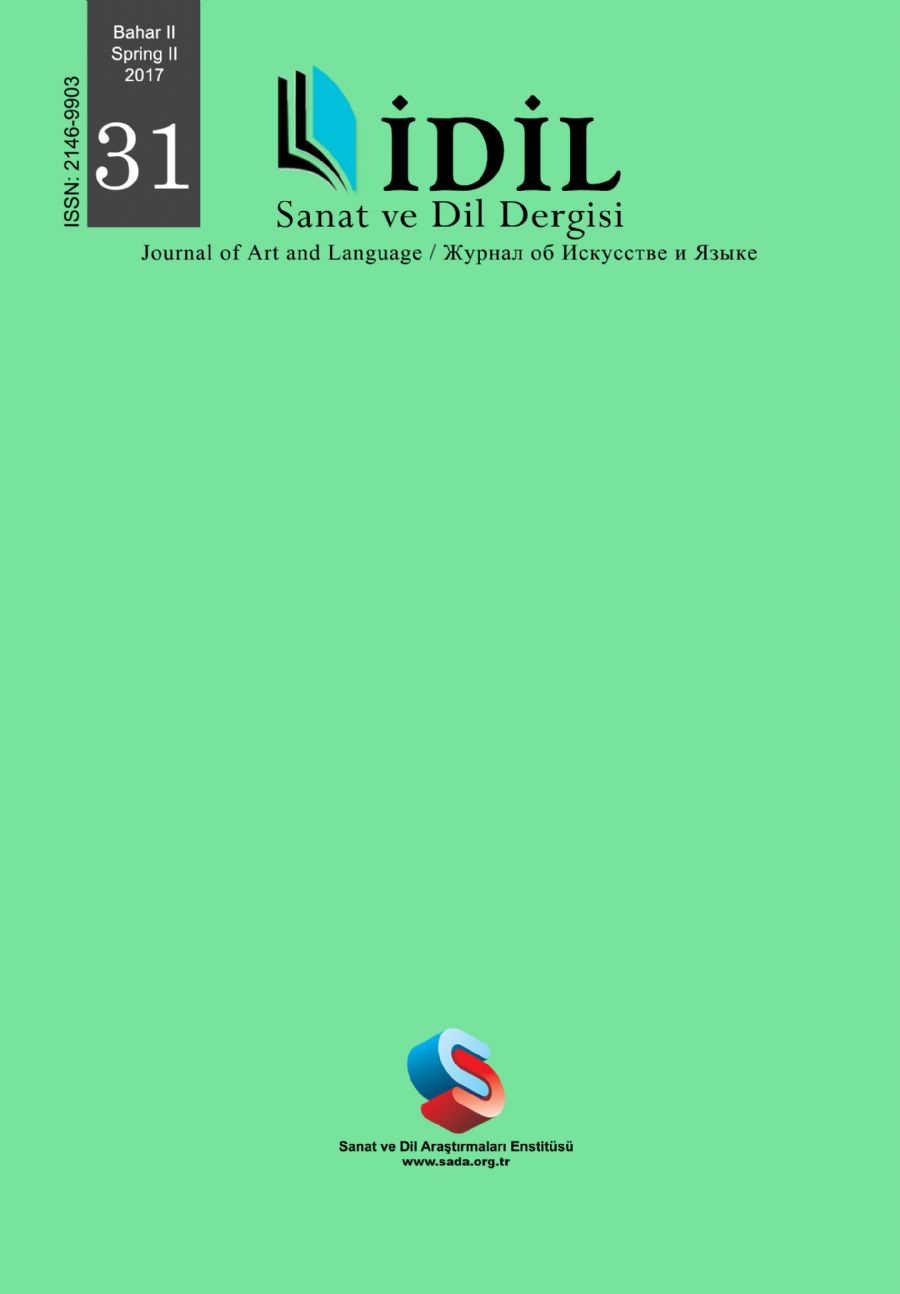ANLAM DEĞİŞMELERİ VE KULLANIM ALANLARI YÖNÜNDEN TÜRK KÜLTÜRÜNDE TUZ
CHANGES IN THE MEANING AND USAGE AREAS OF THE WORD “SALT” IN TURKISH CULTURE
Author(s): Osman EsinSubject(s): Phonetics / Phonology, Morphology, Lexis, Semantics, Sociolinguistics, Turkic languages
Published by: Sanat ve Dil Araştırmaları Enstitüsü
Keywords: Salt; saltshaker; salting; for the sake of salt and bread; sherbet-murazaa; telling salt fortune; Salt Daddy;
Summary/Abstract: Salt is a vital substance in terms of human health and has quite a wide usage area. The word “salt” is used in the form of “salt” in general, although sometimes it can occur in different forms phonetically and morphologically in the historical and contemporary Turkish dialects. Salt, which is a flavoring substance and believed to play an active role in creation, has been considered a precious and holy substance and a rich sense of meaning has formed around it. Initially describing a single concept, the word has gradually gained new meanings and reflected multiple concepts due to the changes and people’s spiritual moods in the social life. Apart from its actual meaning, “salt” has also metaphorical meanings such as “beautiful, beauty, dear and charming”. Furthermore, the word has been included in manners of speaking such as idioms and proverbs and used to facilitate reflecting the lifestyles, worldviews, traditions, customs and beliefs in the Turkish society. There is no doubt that a language can survive and continue its existence only by finding counterparts for new concepts. New words are derived as a result of the need for them. The unique nature of each society’s lifestyle is a decisive factor in meeting this requirement. Expansion in the sense of the word “salt” also brought forward the necessity for new words. In this respect, many words derived from the stem “salt” were added to Turkish and the new concepts or objects that fall into the meaning of “salt” were represented by its derivatives. This article focuses on the changes in the meaning and usage of “salt” and aims to express the richness added by it to the lexicon of Turkish.
Journal: İdil Sanat ve Dil Dergisi
- Issue Year: 6/2017
- Issue No: 31
- Page Range: 1001-1018
- Page Count: 19
- Language: Turkish

